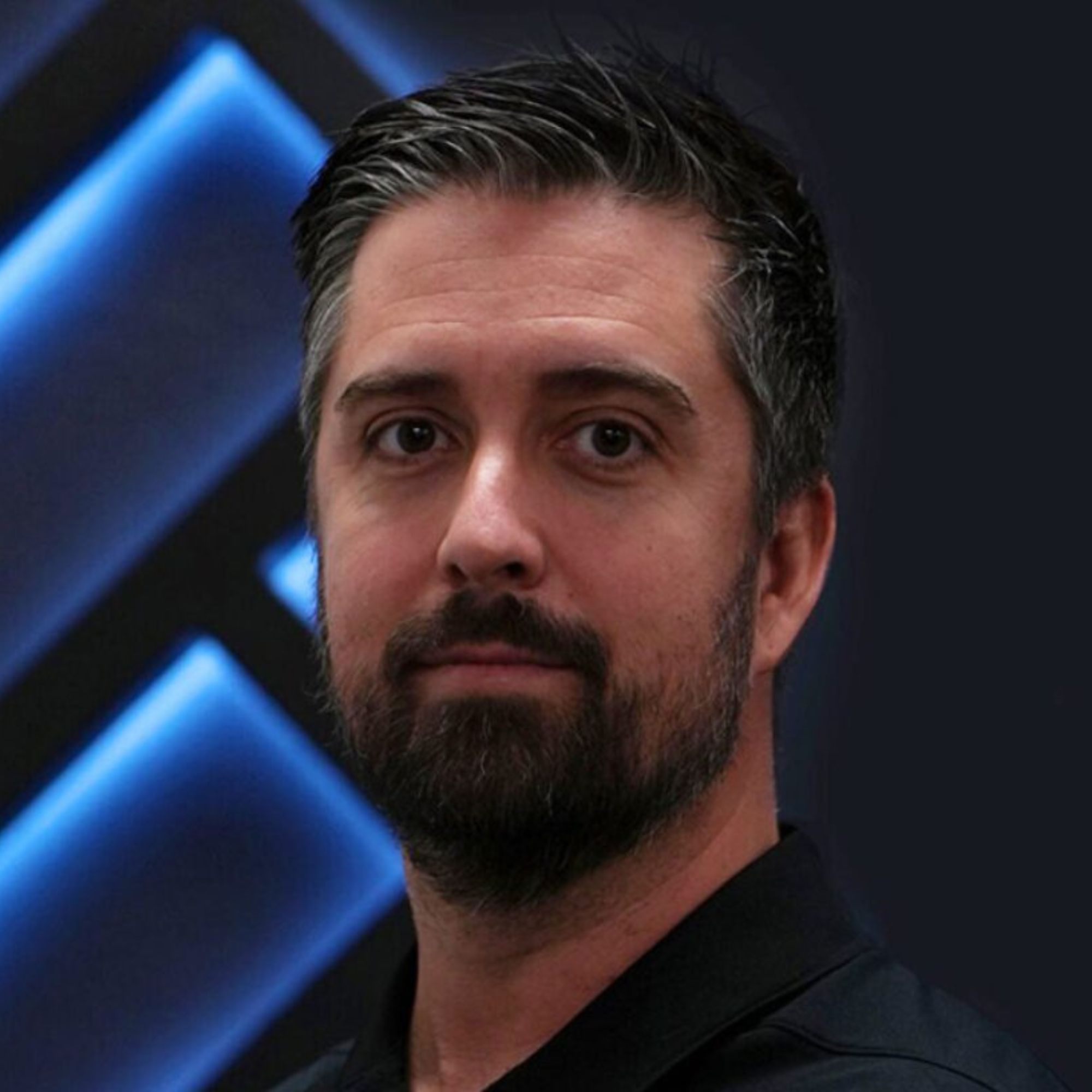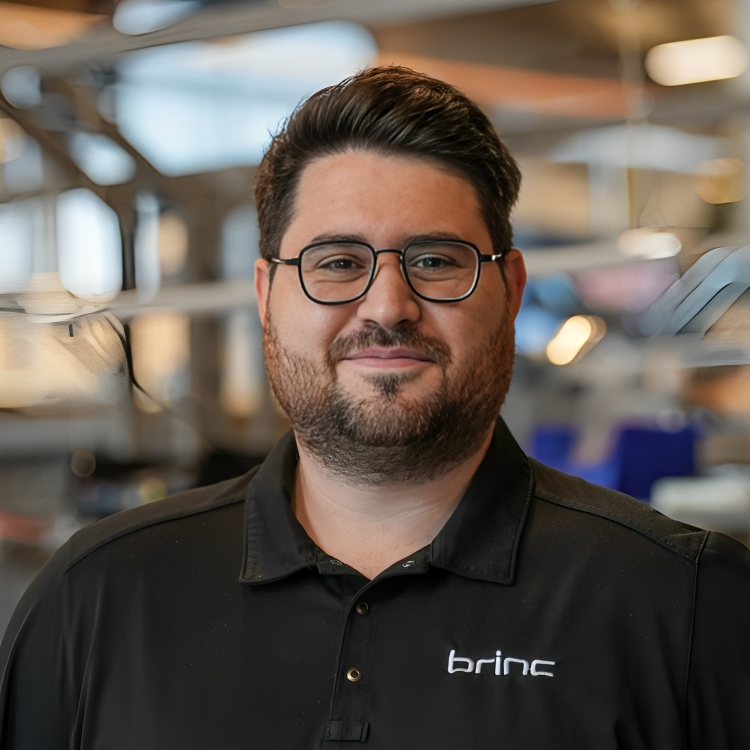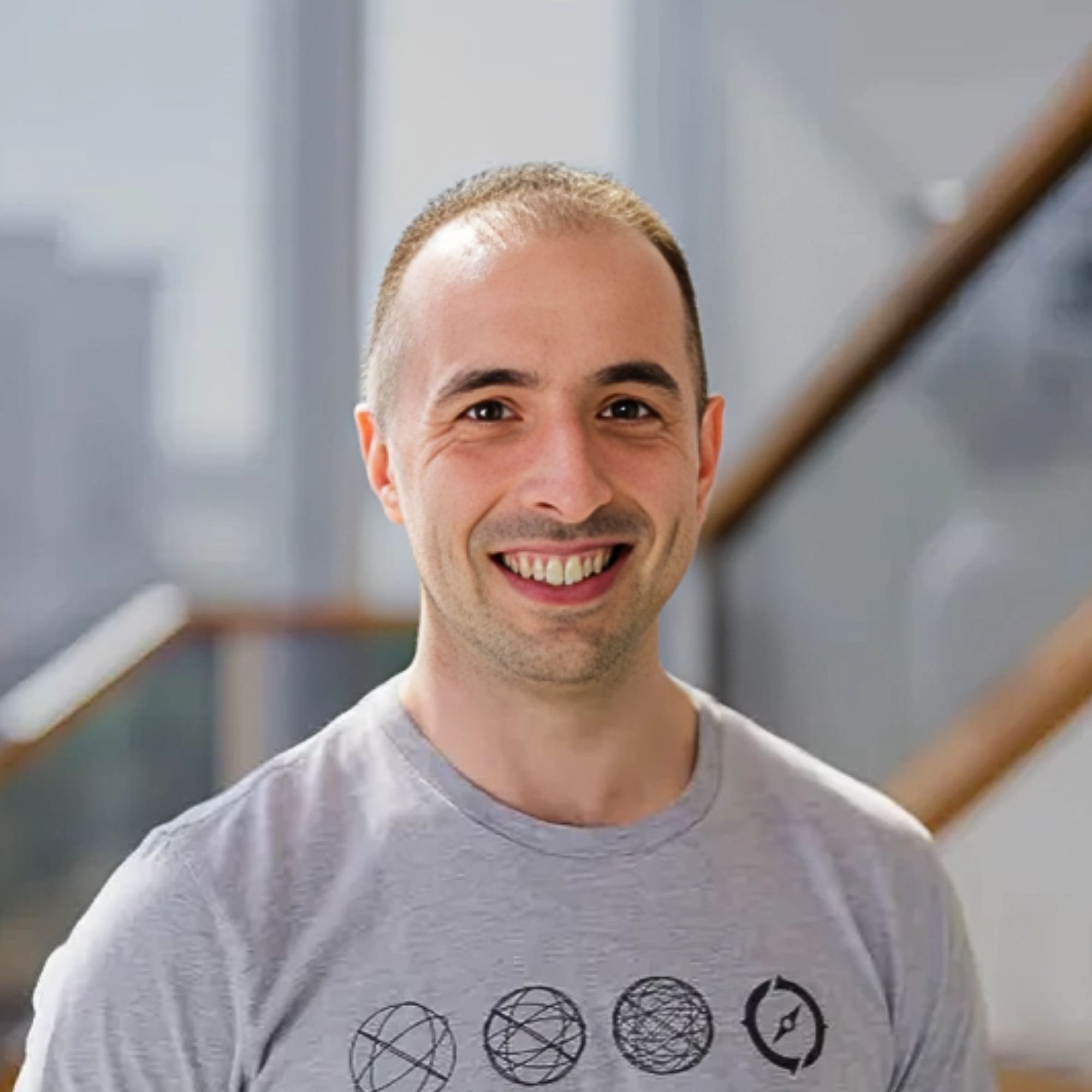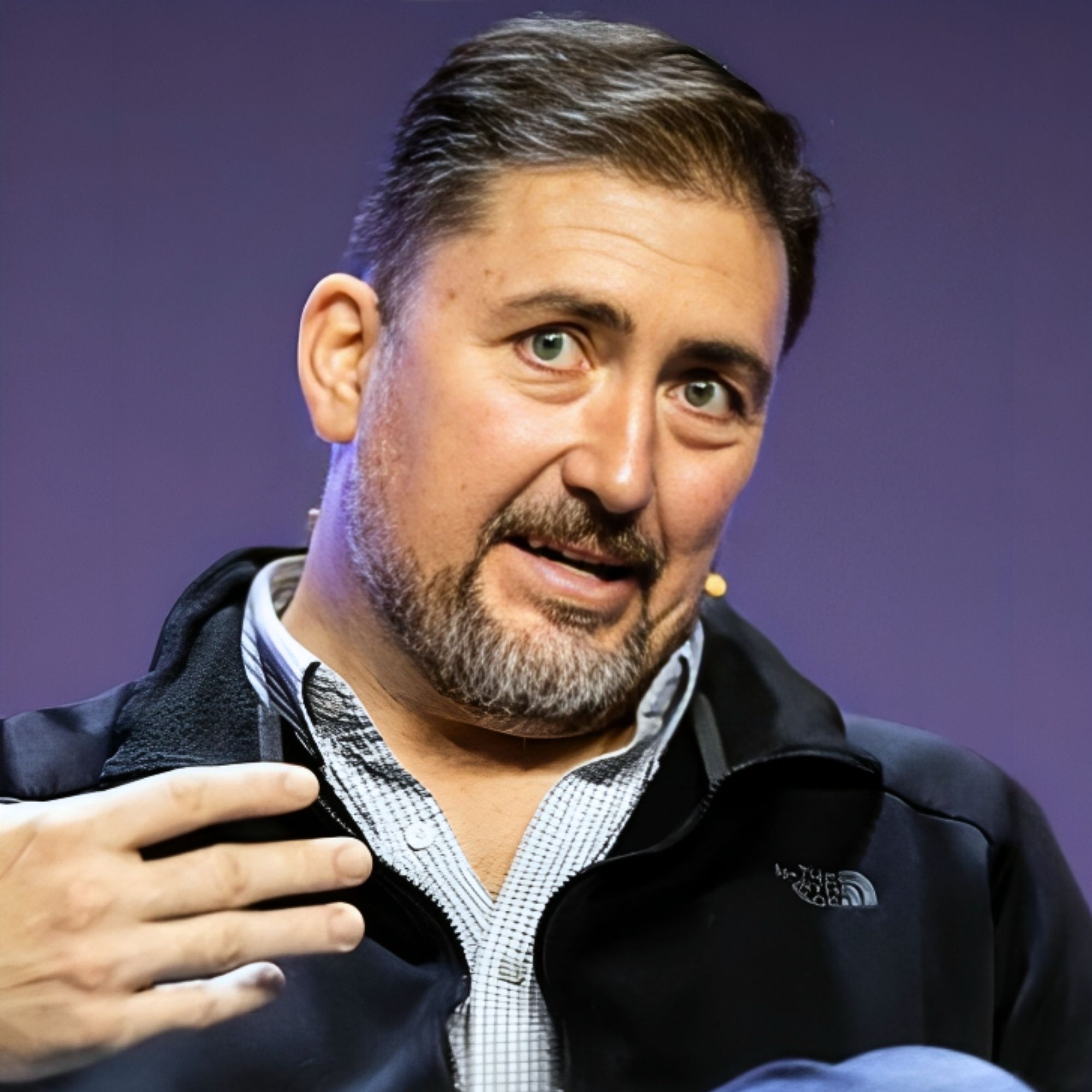Ready to build your own Founder-Led Growth engine? Book a Strategy Call
Frontlines.io | Where B2B Founders Talk GTM.
Strategic Communications Advisory For Visionary Founders
Actionable
Takeaways
Put mission first to attract talent and customers:
John's commitment to protecting lives became his driving force after his experience procuring counter-IED jammers that saved soldiers' lives. He explains, "I couldn't really do anything besides, whatever I do, I want to help protect and save lives." This clear mission has helped him attract talent, customers, and investors who share this vision, demonstrating how a compelling purpose can accelerate GTM efforts.
Listen to customer needs before defining your product roadmap:
Rather than forcing a single-product strategy, Safire let customer requirements guide their development. As John noted, "We really focused on customer first. And if the customer said, I want you to be just one product company... that may have been okay. But that's not what the customer was asking for." By building solutions to address real military needs, Safire has secured multiple contracts across different applications.
Use government R&D contracts as a runway to production:
Safire strategically leveraged Small Business Innovation Research (SBIR) contracts to fund their early development while creating a path to larger production contracts. John advises, "It's really important to understand... all the effort it takes to go from the R&D contract into production into program of record and [to] prepare for it." He warns against the "if I build it they'll come" mentality that leads many startups to fail.
Invest in lobbying early for long-term ROI:
The company prioritized hiring lobbyists immediately after raising their seed round. John revealed, "The $4.5 million contract that we just got awarded last month came from our lobbying efforts... from two and a half years ago. And that was the very first third-party payment I was making as soon as we raised our seed round." This demonstrates how early investment in government relations can deliver substantial returns for defense tech companies.
Brand sophistication matters in defense tech:
Breaking with industry norms, Safire invested significantly in professional branding before their Series A. John explains this decision: "Every unicorn status company had a great brand before they became a unicorn status company... When we're walking through four-star generals and three-star generals into our offices, into our skiffs... we want to be trusted and we also want to be seen as a sophisticated, responsible contractor." This approach has helped them stand out in an industry where branding is often neglected.
Conversation
Highlights
The Electrification of Defense: How Safire Is Building a $11M Battery Technology Platform
In a recent episode of Category Visionaries, John Lee, CEO and Founder of Safire, shared his company’s journey to revolutionize defense electrification with safer battery technology. With $11 million in funding and more than $7 million in government contracts secured this year alone, Safire is transforming how military operations are powered in austere environments.
From Navy Procurement to Defense Tech Founder
Lee’s path to founding Safire was anything but linear. His career began at Naval Systems Command, where he procured everything from NATO Sea Sparrow missiles to counter-IED jammers for troops in combat zones. During his time there, he experienced a pivotal moment that would shape his future entrepreneurial mission.
“It was a goosebump moment for me because I never felt that feeling in my life before where I could do something with my given 24 hours in a day where I’m actually protecting or saving lives directly,” John recalls, describing the moment his program executive officer thanked him for expediting counter-IED jammers that saved lives in the field.
This mission-driven approach followed him to Palantir, where he became head of government contracts for the US government and helped increase revenue tenfold, before eventually leading him to found Safire.
The Technology Platform Powering Defense Electrification
At Safire’s core is a revolutionary technology developed at Oak Ridge National Lab by Dr. Gabriel Vieth – a silicon nanoparticle electrolyte additive that transforms standard lithium-ion batteries into what John describes as “non-Newtonian fluid.”
“What that means is that the battery is working normally under normal conditions, but when it crashes, it turns into a solid material so that it solidifies and protects it from catching on fire, exploding,” John explains.
Rather than limiting themselves to a single application, Safire adopted a platform approach, applying this core technology to multiple defense products:
- Tactical electric dirt bikes that can be airdropped without battery explosion
- Body armor with integrated battery plates that eliminate extra weight for soldiers
- Tactical microgrid systems for renewable energy deployment in austere environments
This diversification wasn’t the original plan. “We would call that a platform play where we’re not just kind of making one thing and hoping it sells,” John says. “We really focused on customer first. And if the customer said, I want you to be just one product company and that’s what we need at scale, I think that may have been okay because that’s what the customer needs. But that’s not what the customer was asking for.”
Navigating the Defense Procurement Labyrinth
For venture-backed startups, government contracting presents unique challenges. Lee’s background gave him unusual insight into how to navigate this complex landscape.
Many defense tech startups fail to understand “all the effort it takes to go from the R&D contract into production into program of record,” John notes. “They kind of do this R&D and they say hey, if I build it they’ll come and that’s just not going to happen.”
Safire’s approach has been methodical and strategic:
- They started with Small Business Innovation Research (SBIR) contracts through AFWorks Open Topic program, securing initial R&D funding
- They made lobbying their first major investment after raising seed funding
- They focused on building relationships with military end-users who could validate their technology
This approach has paid dividends. “The $4.5 million contract that we just got awarded last month came from our lobbying efforts, from our fiscal year 24 lobbying we did two and a half years ago. And so that was the very first third party payment I was making as soon as we raised our seed round,” John reveals.
Breaking Defense Tech Branding Conventions
In an industry notorious for gray walls and generic corporate identities, Safire has taken a boldly different approach to branding. As they prepare for Series A fundraising with aspirations to reach unicorn status, the company invested heavily in professional branding services.
“Every unicorn status company had a great brand before they became a unicorn status company,” John points out. “When we’re walking through four star generals and three star generals into our offices, into our skiffs, all of that goes a long way because we want to be trusted and we also want to be seen as a sophisticated, responsible contractor at the same time… but with some character, with bold brand.”
This emphasis on brand sophistication sets Safire apart from competitors and signals their ambitions beyond typical defense contractors.
The Future of Warfare and Safire’s Role
Looking ahead, John sees warfare evolving rapidly. “Big expensive systems that takes multi years to build are not going to be the main use. It’s the drones, it’s the robotic munitions, it’s the fast moving systems that are low cost, scalable that’s being used,” he explains.
All these systems have one critical dependency: power. As John emphasizes, “all of that will be powered by energy. And if you don’t have energy, then that’s very bad.”
This reality drives Safire’s mission to advance defense electrification. Real-world examples fuel their urgency: “There was a soldier who was using their gear to call an airstrike halfway through lost battery and didn’t get to the end of the line. And so there was a friendly fire airstrike on the person that was calling the airstrike because the battery system was not sophisticated enough.”
Lessons for B2B Founders
For B2B founders, especially those targeting government or other complex markets, Safire’s journey offers valuable lessons:
Listen deeply to customers before defining your product strategy. Let their needs guide your roadmap rather than forcing a predetermined vision.
Understand the full procurement journey before starting. Many startups focus only on initial R&D contracts without planning for the longer production pathway.
Invest early in critical relationships. For Safire, lobbying yielded massive ROI, but the key is identifying which relationships will unlock your specific market.
Don’t fear pivoting based on customer feedback. As John advises, “It’s really important to not be scared of pivoting. I think it’s important to not be too wedded to your first version of your idea.”
Brand sophistication can differentiate even in technical markets. Breaking industry norms with professional branding helped Safire signal their ambitions and build trust with high-level decision-makers.
As Safire continues advancing toward their Series A and unicorn aspirations, they remain focused on their foundational mission: protecting lives through better energy systems. It’s a mission that began with John’s “goosebump moment” at the Navy and continues to drive everything the company builds today.
























